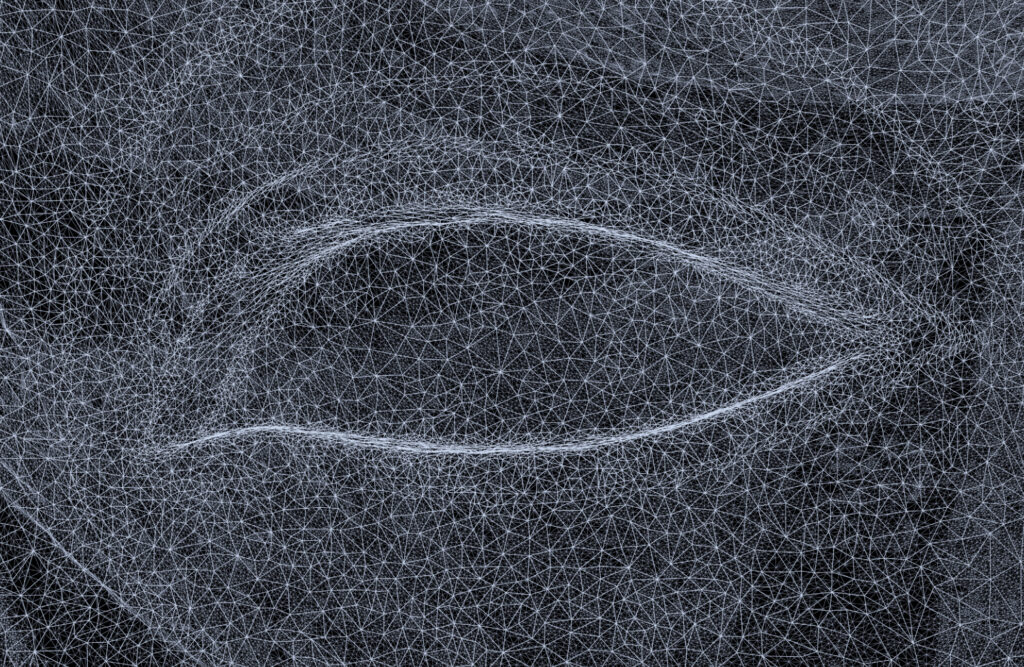Venues
ETH AI Center

In three tandem presentations and conversations between scientists and artists we explore how they engage with each other, what topics drive them, and what research is currently happening in the field of AI at the ETH AI Center.
Artistic interest and work in the fields of science and technology, especially Artificial Intelligence (AI), has been ongoing for over half a century. Lately, these attempts have generated a lot of attention and turned art into a topic of high interest in science and technology research, as well as development thanks to AI affecting all of human society.
Following anthropologist, anarchist and activist David Graeber’s observation that real thought is almost entirely dialogic and mainly in conversation, we engage with each other to open the «window of consciousness – that time during which most of us actually are full self-aware, self-reflective beings» as long as possible. Transdisciplinary conversations therefore are crucial in the demystifying the future of AI.
«Motion» could be a pivotal term for their conversation, approaching it almost from diametrical points of view.
Both are working on different ways of «seeing» and «visualization»; while Hermann is «painting» with nanoparticles in unexplored spaces, Grayver generates new aestethics with robots.
One of Christian Waldvogel’s scientific artistic thought experiments - a hyperbolic cosmology of inversion - led to the discovery of Adaptive Density Minimal Surfaces (ADMS) and to the founding of spherene AG, that develops Autonomous Design software used in 3D printing for various high-tech applications such as medical implants or satellite components. He elegantly bridged the gap from conceptual art to tech innovation.
Three-dimensional printing of complex aesthetic «structures» is the meeting place of Gramzio’s and Waldvogel’s practices, both combining architecture, art and technology thinking in their work.